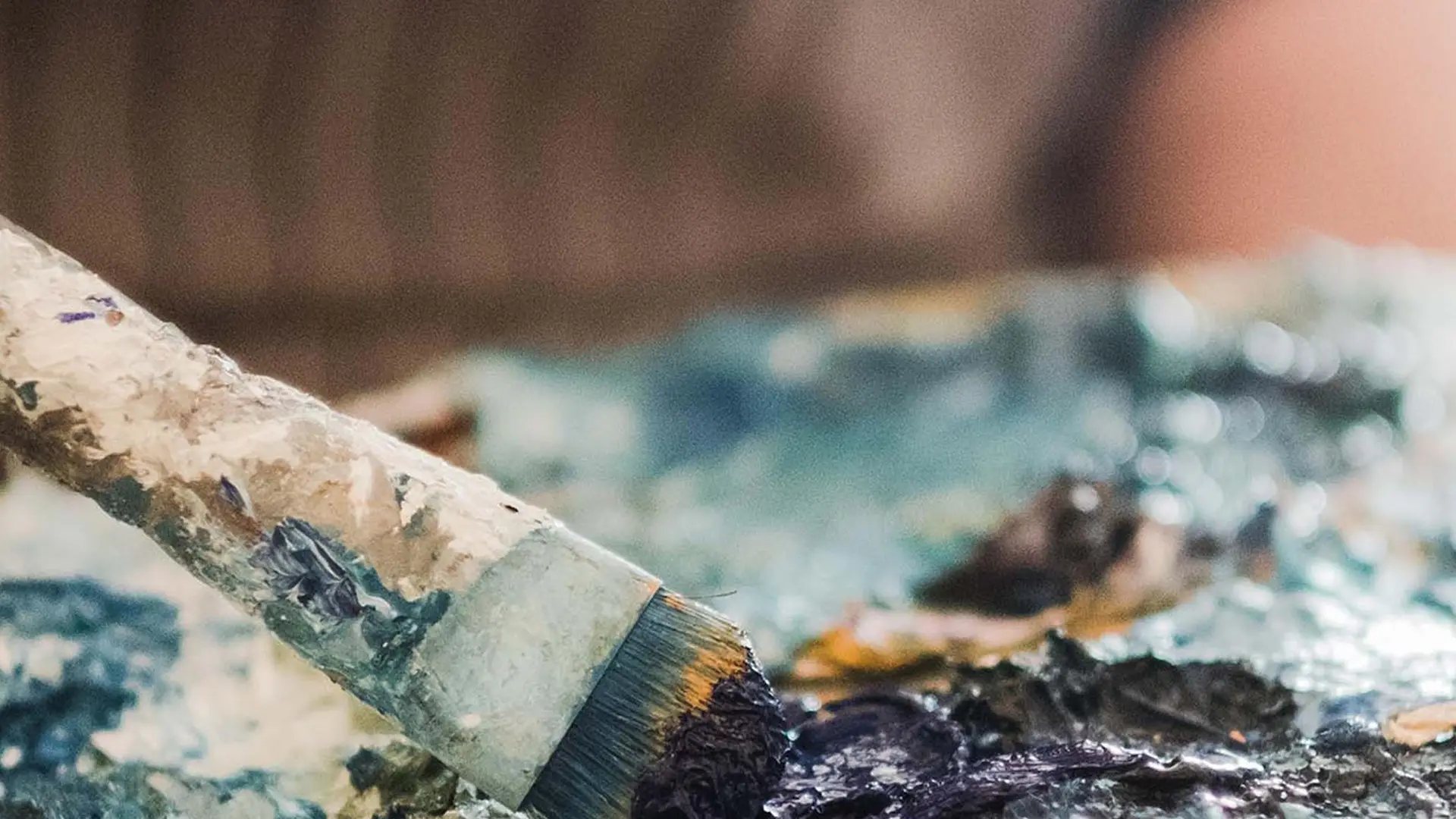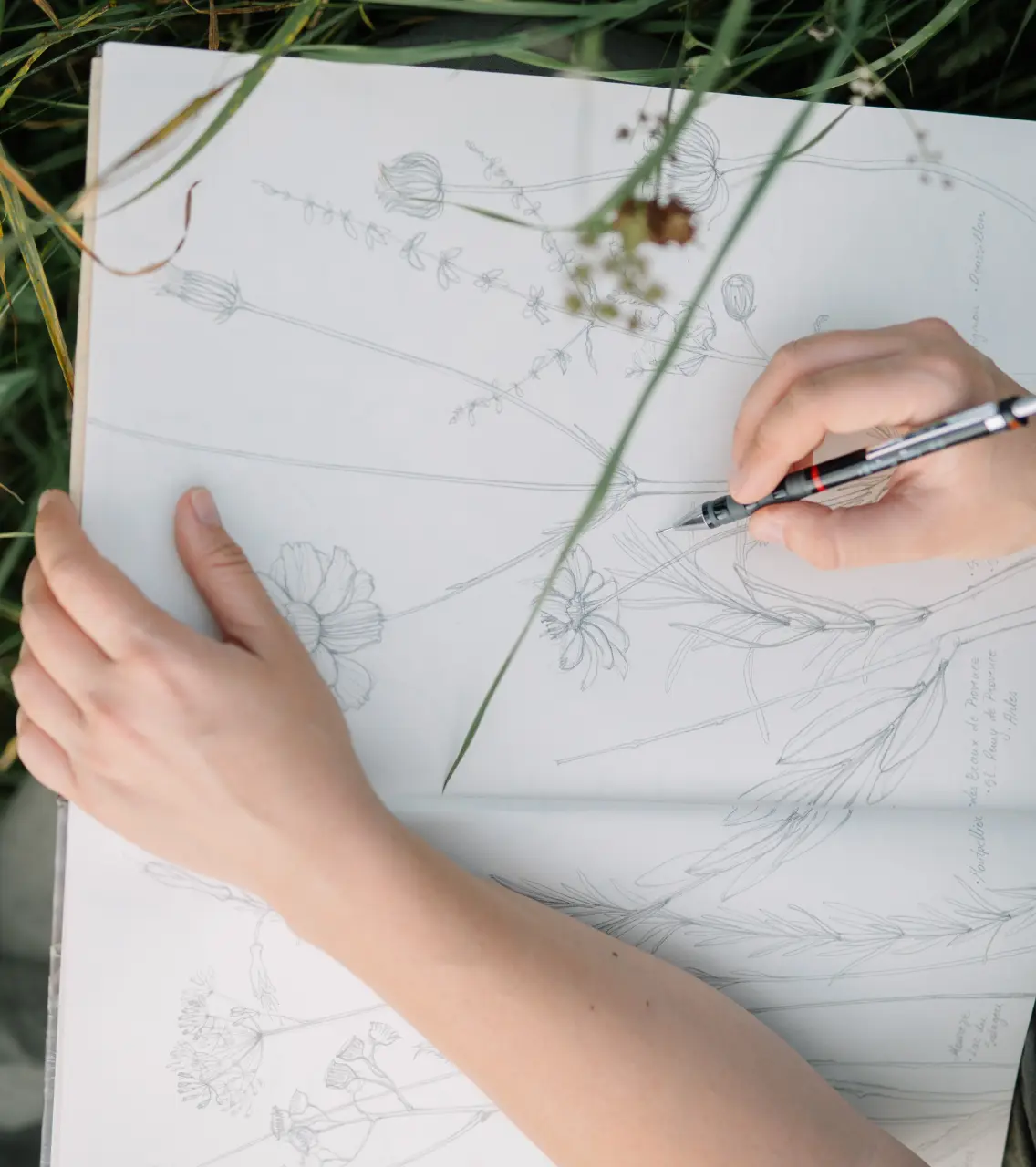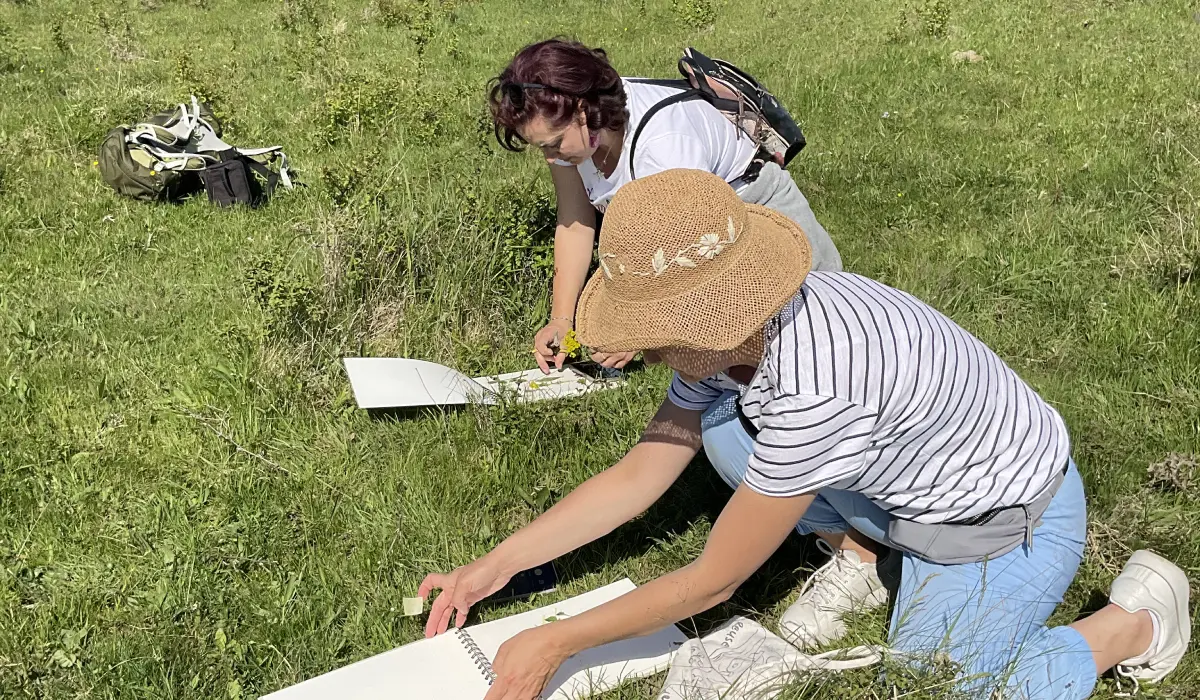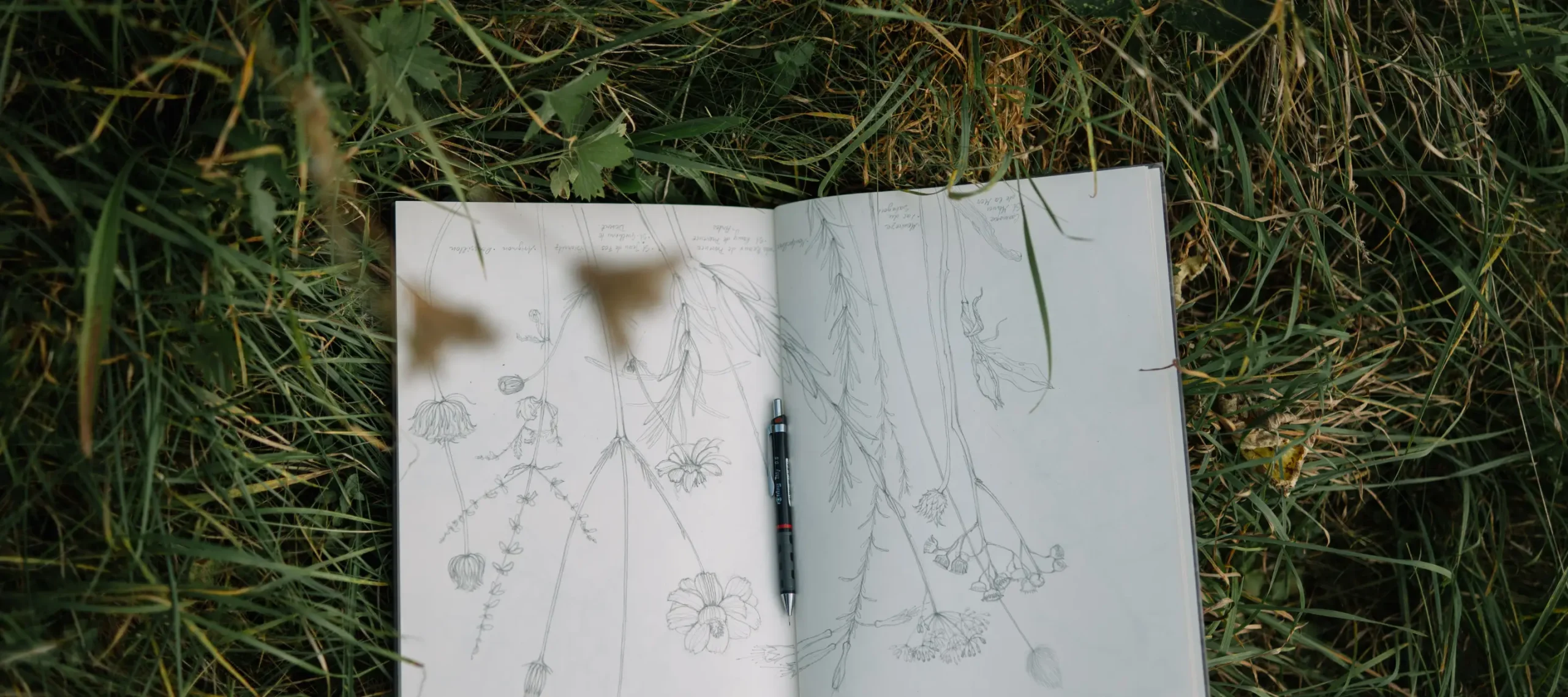Observation as the Artist’s First Tool
Sketching is the bedrock of visual art, enabling artists to capture fleeting moments and develop their compositional skills. Whether in a busy city or a quiet garden, artists use sketching to observe, explore ideas, and express themselves. Effective sketching begins with keen observation—seeing beyond surface details to understand the relationships between shapes, lines, and spaces.
Building Dynamic Compositions
Composition is where artistry truly emerges. Principles like the rule of thirds, leading lines, and balance help artists create engaging sketches. For example, placing a focal point off-center or using diagonal lines can add movement and interest. The use of negative space—areas around and between objects—can create a sense of openness or tension. Through practice and experimentation, artists learn how subtle compositional choices can dramatically change the impact of their work.
Many artists keep sketchbooks as visual diaries, recording observations and experimenting with composition. Over time, these sketches reveal patterns in thinking and growth, helping artists refine their style. By revisiting old work, they can identify strengths, address weaknesses, and develop a more personal approach.
Expression Through Practice
Mastering sketching and composition empowers artists to communicate their unique vision. With each sketch, they transform everyday scenes into compelling works of art, using observation and composition to guide the viewer’s eye and tell a visual story. Ultimately, these foundational skills are the gateway to greater artistic expression and creativity.



